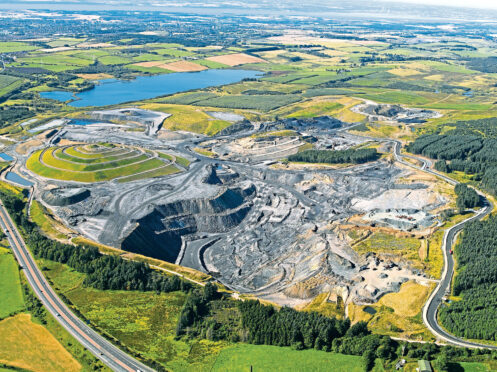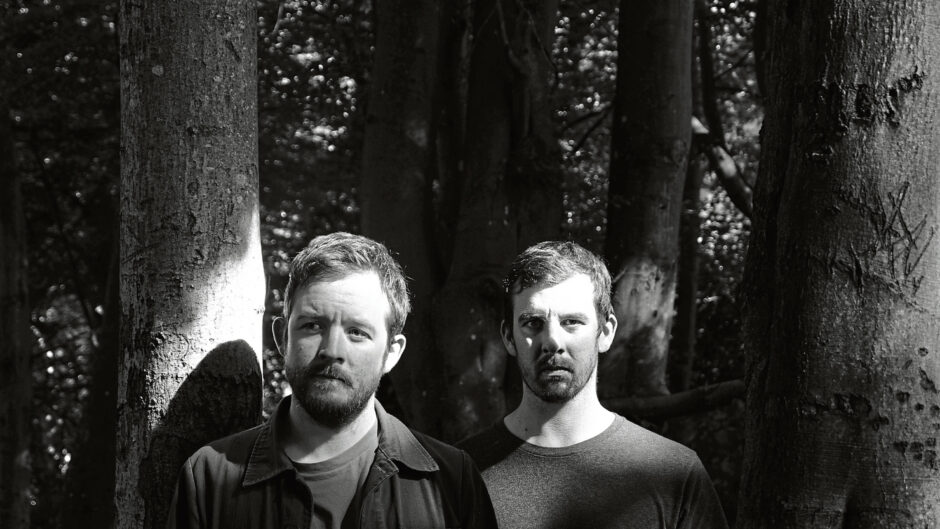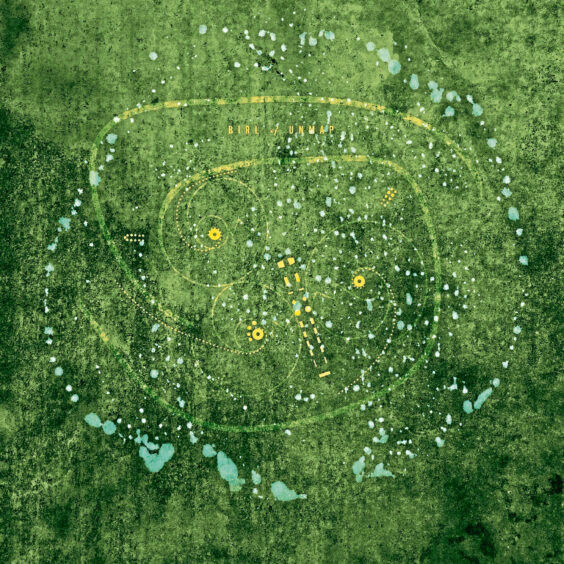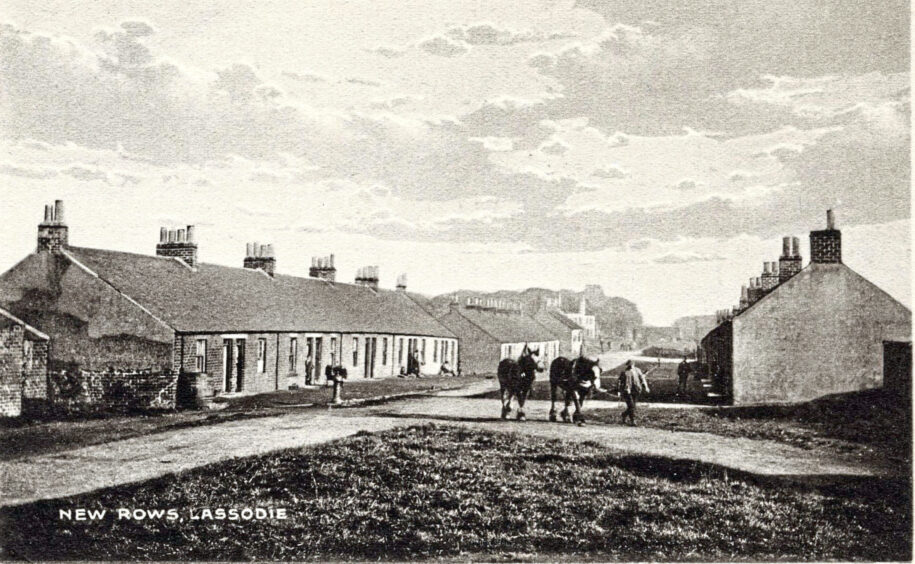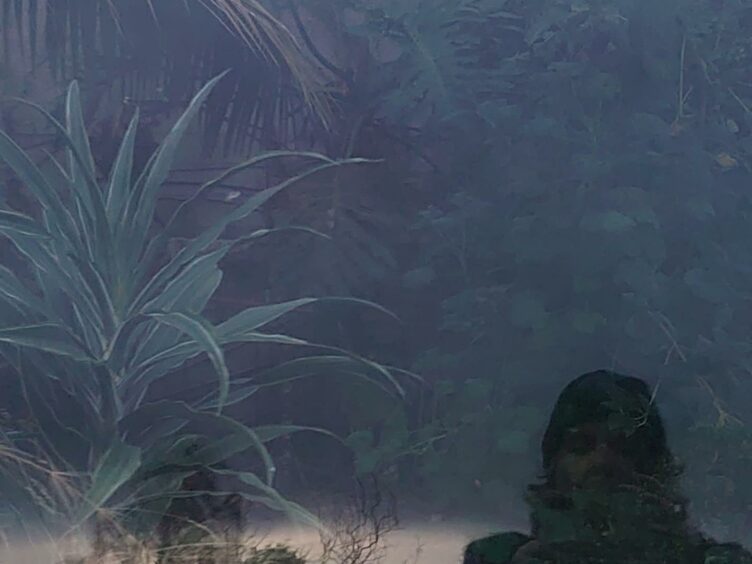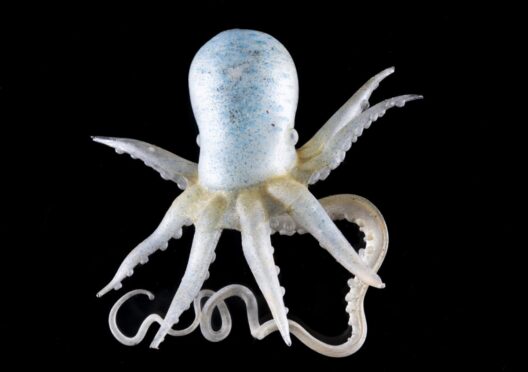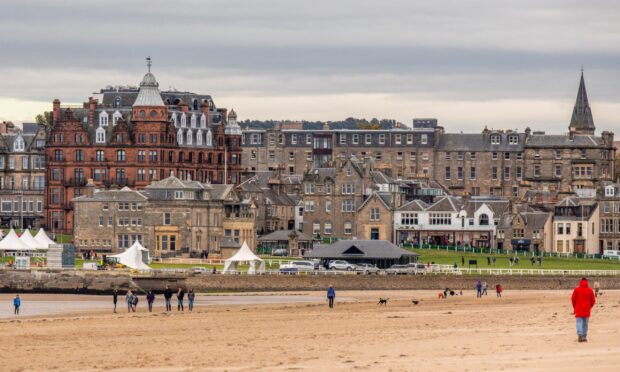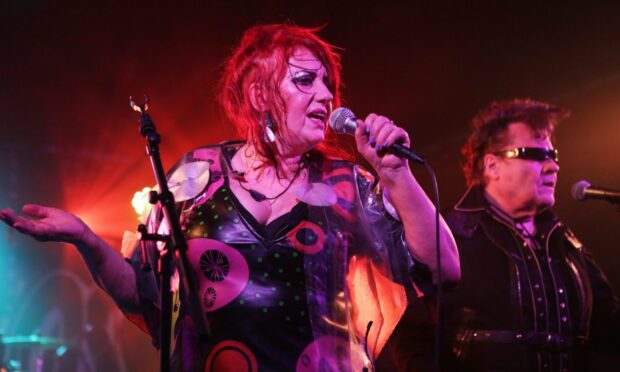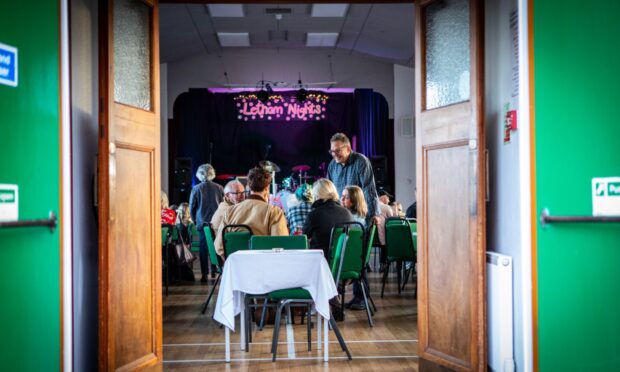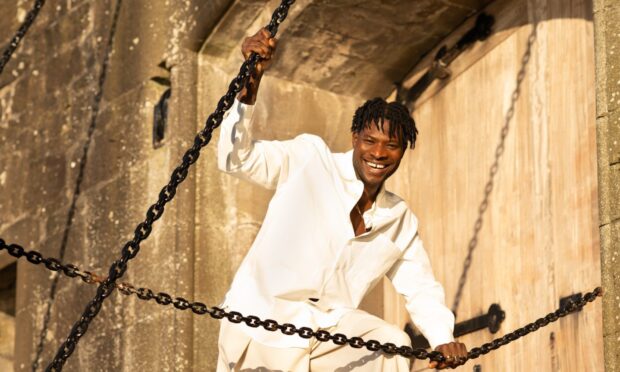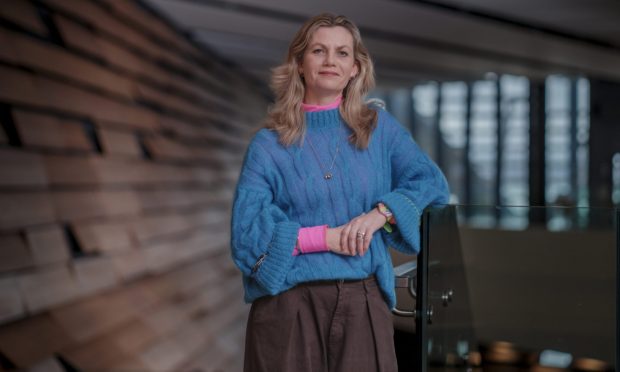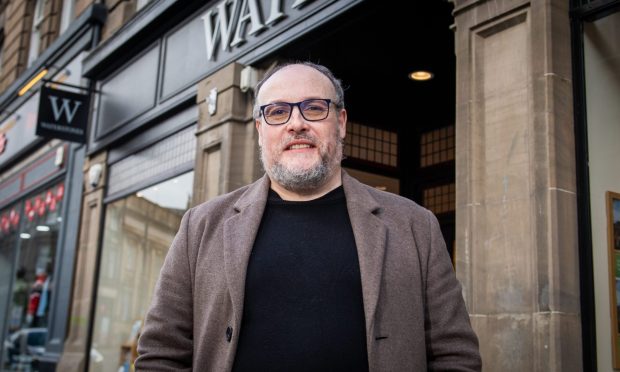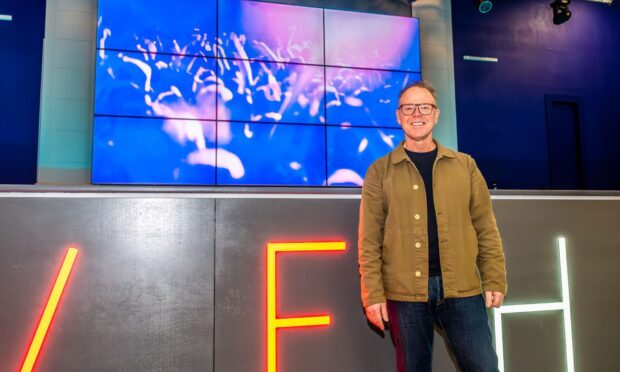It is a one-of-a kind location: a former open-cast mine that was to be turned into landscape art before the project was abandoned halfway through.
Charles Jencks’ Fife Earth Project, formerly the St Ninians mine, off the M90 near Dunfermline and Kelty, now has a cult following among those interested in social history.
Drawn to the mix of industrial history and the eerie, half-finished installations, including artificial mounds and former mining machinery, visitors can explore this forgotten place freely.
But this is soon due to come to an end, as there are plans to turn the site into major eco wellness centre with hopes that it will bring money into the area.
Scottish band Kinbrae and Fife-based artist Clare Archibald have now released an album to commemorate the history of the site ahead of its transformation.
Birl of Unmap is an experimental mix of music, ambient sounds and recorded speech by former mine workers, and has been played on the radio as well as being purchased by people around the world.
“I release music with my twin brother Mike under the name Kinbrae”, explains musician Andy Truscott.
“This project is inspired by the abandoned Charles Jencks’ Fife Earth Project site near Kelty in Fife. It also used to be an open-cast mine, and there was once a village there, so we’ve tried to capture that history by including spoken word from ex-residents, miners and Fife-based artists in the album.
“Currently known as St Ninians, the area in question has existed in a strange limbo between purpose and public access for many years, though it was sold in 2021 for redevelopment as an eco-wellness centre.
Birl of Unmap
“Birl of Unmap is the telling of a place from different times and perspectives, of the land, of the art that Jencks installed there using decommissioned mining machinery, of the idea of the Final Void in both mining and cosmic terms.
“And of what it means to know, to share a place and pass on bits of it with space allowed for retelling.
“Drawing on academic research, oral histories and the experiences of other Fife-based artists, as well as former miners and residents of the site, Birl of Unmap is an invitation to wander through the layers and perhaps find something more of ourselves within them.”
The area in which the Fife Earth Project is located has a long history of coal mining. Until the 19th Century, it had mostly been an agricultural area, but around 1859, the Lassodie Coal Company began coal mining at the western end of Lassodie estate.
Gradually, as mining activity expanded, more houses were built for the workers, a school was erected for their children and there was even a football team, a pipe band and a Women’s Rural Institute.
The mining village, known simply as Lassodie, had around 200 dwellings and 1400 residents in its heyday in the early 20th Century, but gradually declined in the 1920s and 1930s due to strikes and the rising costs of keeping the mines open.
Coal mining reappeared in the 1960s and the 1990s, when open-cast mining was carried out, but by then Lassodie was long gone.
In 2009 there was a vision to transform the 930-acre site into a public art project, designed by post-modern landscape designer Charles Jencks, whose work includes the Garden of Cosmic Speculation, Cells of Life at Jupiter Artland, Crawick Multiverse and Ueda at the Edinburgh Gallery of Modern Art.
There were to be four great mounds – rectangular, conical, triangular and horn-shaped – representing the continents influenced by the millions of Scots living outside Scotand.
Public art
It was lauded as the largest public art project in Scotland – the size of 700 football pitches – and work was well under way before Scottish Coal went into liquidation, with the project put on hold indefinitely.
“It never became what Jencks intended – it isn’t even on Jencks’ official list of sites”, says artist Clare Archibald.
“The site just floats in some in-between space, and is very different from all the places around it.
“It is so fascinating. When you see it, it’s quite stark. You don’t think, ‘wow, this is a beautiful place’. It’s a product of its history, in many ways.
“A lot of places are actually in-between places, when you dig down into it. Who actually gets to name a place? Who decides what a place should be for?
“We wanted the album to explore this flux and transformation. We wanted to make an album that speaks in a lot of different ways, through words, sounds and music, and to include different voices that represent the multiplicity of the place.
“That’s why I brought in other people to work on the album. I didn’t want it to be just me giving my opinion and experiences of the place, because no place is just about one person.”
CD release
Birl of Unmap was released on February 11 by Full Spectrum Records in the US and The Dark Outside in the UK.
Clare Archibald describes the project as one of many layers of words, sound, thought and feeling that brings together a shared interest in place and experimentation.
Listeners have already responded well, with the CD selling out in just two days, but the album is still available to listen to online.
“We’ve had an amazing response”, adds Clare. “There’s something about the album that’s really captured people’s imagination.
“It’s been in our heads for a couple of years. But we actually made the album quite quickly – in five days.
Recording in lockdown
“We used to go to the studio separately, because of lockdown. It was a rather strange way for the album to come to life!
“We’re really pleased with the way it’s turned out. For the three of us, it’s a culmination of all our work. I’ve done a lot of place-based work that includes images, text and collaborations.
“Andy and Mike have also done two albums that are quite site-specific. So this project brought together all that and felt like a really good collaboration. We are all deeply interested in the Fife site, and I already knew Andy – I liked the band’s work.
“Like any collaboration, I wanted to work with people I like and respect. We have a similar approach to our work. We’re quite quiet in how we go about things.
“We aren’t out looking for accolades, we just want to make interesting work. In my own work, I had been using sound quite a lot.
Kibrae and Clare Archibald
“But I’m not a musician and I knew making an album wasn’t something I could do on my own. I wanted to expand and see what it would be like to bring different elements of work together.
“I see the album almost as a big poem – the different parts all work together; it has movement and texture.”
Clare’s fascination with St Ninian’s mine is partly down to the area being the “underdog” of Fife. While areas like the East Neuk receive a lot of attention and visitors for their natural beauty and quaintness, the ex-mining areas tend to be overlooked.
Industrial sound
“A lot of people don’t know much about the history of the place”, says Clare. “We wanted to represent that. Jencks installed a lot of ex-pit machinery, so we did percussion on it and recorded the sounds.
“We also synthesised a lot of bass and cello. There’s that blend of synthesised and organic sounds, which is apt as it represents the mix of man-made and natural elements of the site.
“We actually thought of the name before we made the album. On a basic level, it means that if you spin out from a place and map everything that is around it, and work out what is at the core of it, it gives you a sort of thrill to feel connected to that place.
“There’s also the randomness of where it is. Birl is a Scots word meaning ‘to spin’. We’ve incorporated many Scots words into the album.
The future
“When it comes to plans for the future of the site, it’s a delicate balance really. Any income is obviously going to be good for the area.
“But you also need to balance that with people’s ideas of what type of place they would want to spend time at.
“Some people like the idea of the place being more managed and regulated – for others that ruins the site for them. You have to be sensitive to it all.”
Listen to Birl of Unmap here:
https://fullspectrumrecords.bandcamp.com/album/birl-of-unmap
